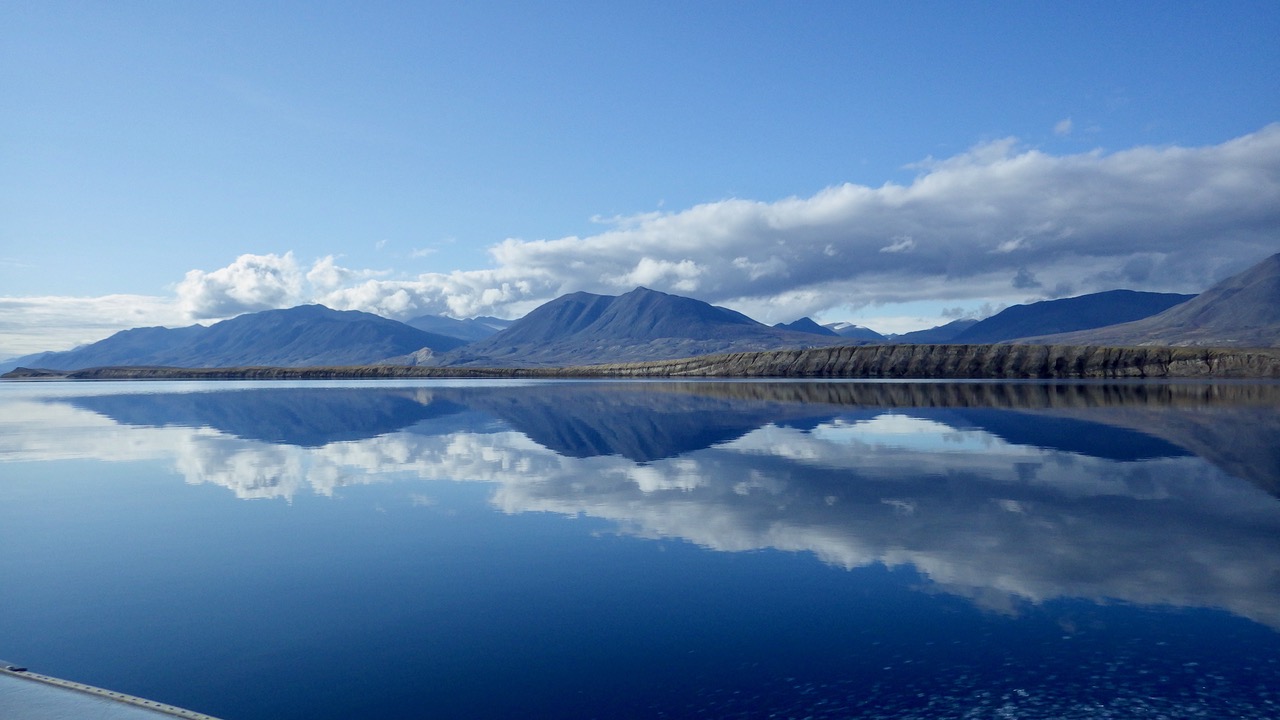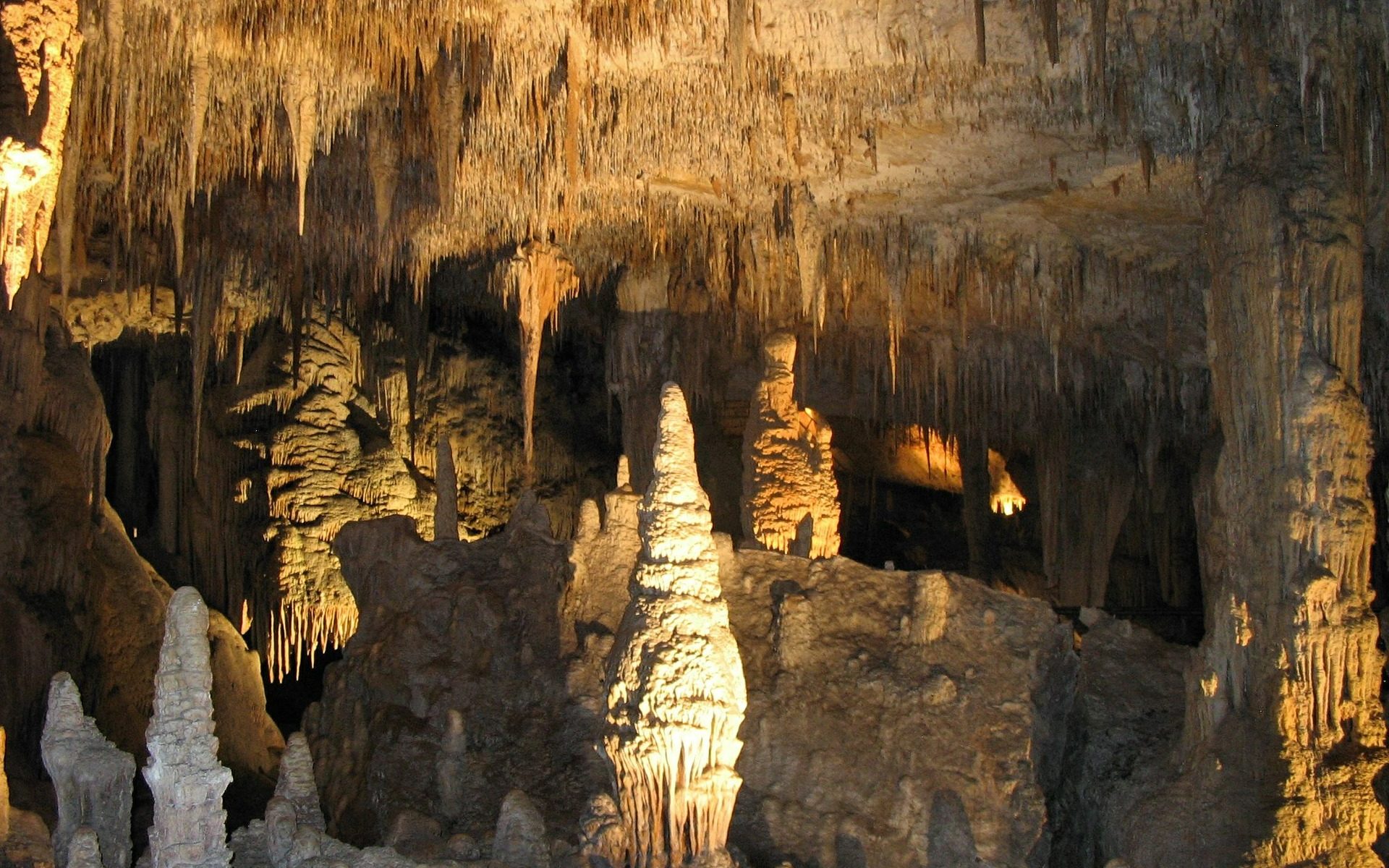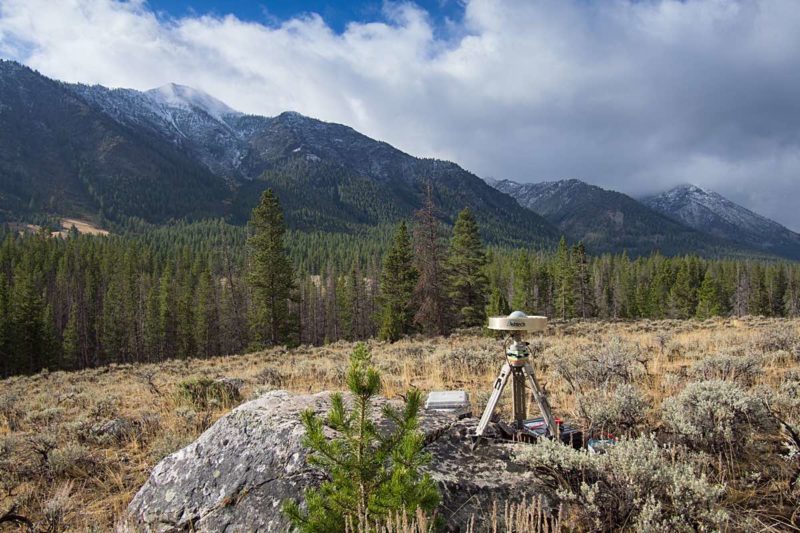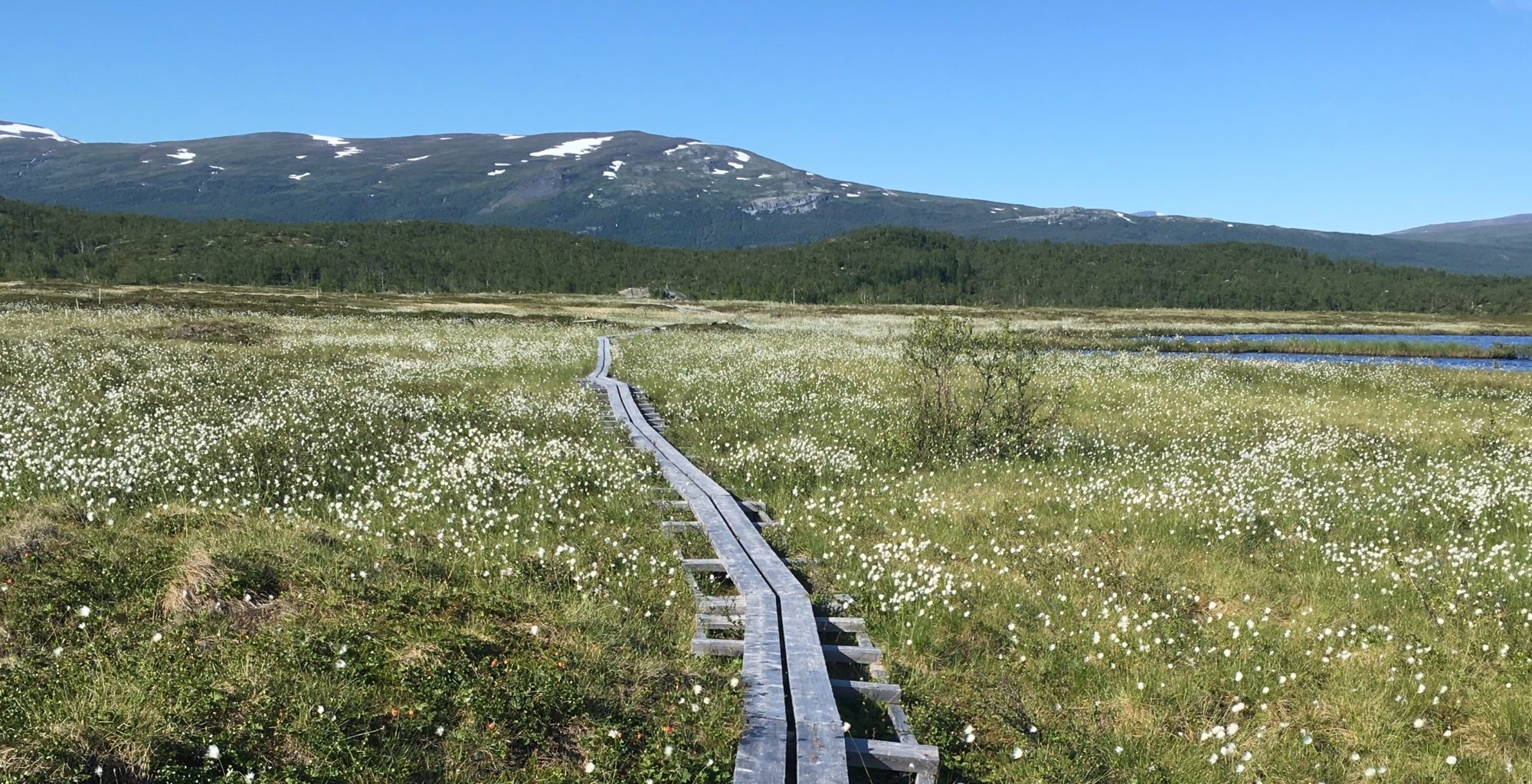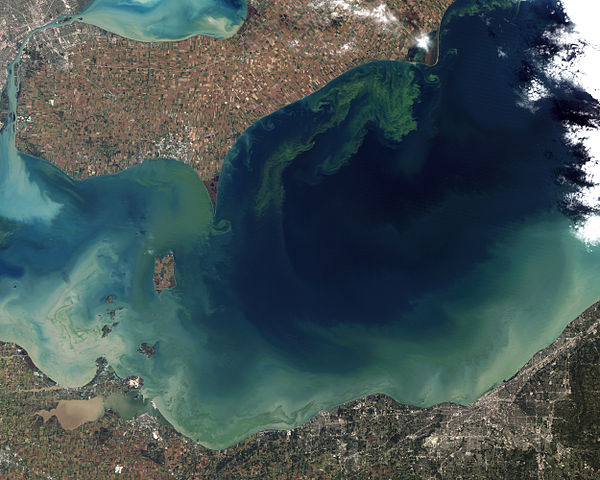Featured Image: Permafrost thaw slumps draining into a river on the Peel Plateau in western Canada. Photo courtesy Scott Zolkos, lead author of the paper.
Authors: Zolkos, Scott & Suzanne E. Tank.
The rivers and streams of the Arctic transfer atmospheric heat into the surrounding permafrost (perennially frozen) soil. At the same time, surface soils up to 1 meter deep undergo annual freeze-thaw cycles. When warmer air arrives in the summer months, the combination of warming air and river water can thaw large chunks of ice-rich permafrost soil along the stream’s edge. Thawed permafrost breaks away from the surrounding hillsides and causes catastrophic slope failures, transporting huge amounts of sediment into the nearby waterways. As the stream water becomes murky it takes on the appearance of chocolate milk, and simultaneously, the geochemistry of the water changes.
Continue reading “Hillsides collapsing into Arctic streams can trigger CO2 release to the atmosphere”


